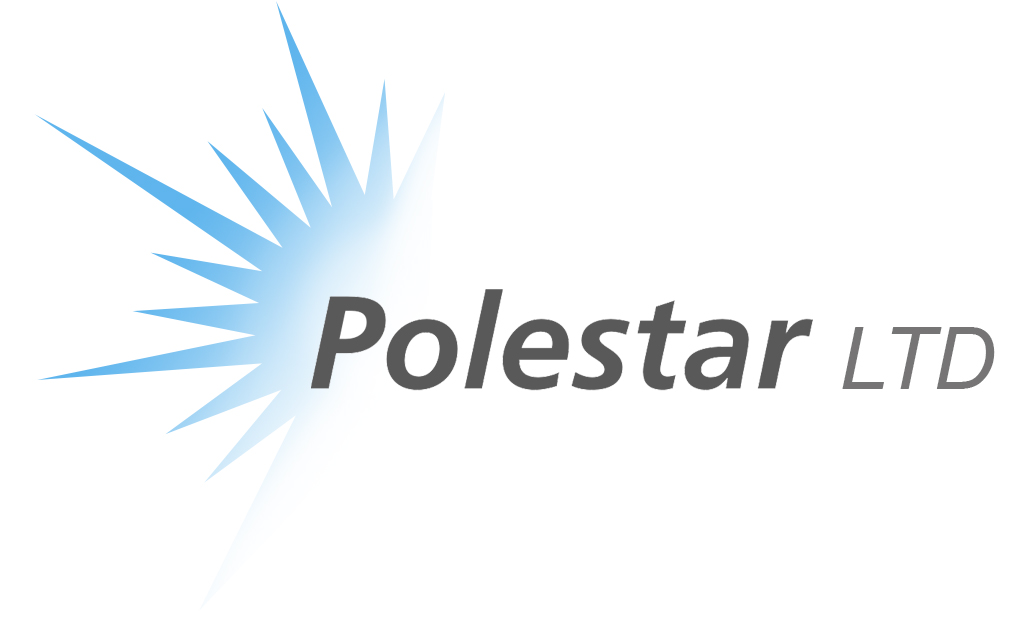Authentication News – ON THE RECORD – Interview with Wendell Smith
Moving Security From Isolated Features to Overall Concept
March 21, 2003
AN: Tell us a bit about your background and how you started Polestar.
WS: I started Polestar Ltd in 1980 as a consulting and investment company after 15 years in mechanical engineering and management in the printing machinery industry. Polestar led investments in Baldwin Technology Company, which I led personally from 1985 to 1995. Baldwin specializes in printing press controls and developing many devices from offset water mixing systems to automatic blanket cleaners. At its peak, it had 1300 people and $250M in revenues. In 1995, Polestar started a division called Technology Transfer Group to pursue the security printing industry with licensing of technologies; originally, holograms. Today we represent several technologies from US and UK companies in their licensing and joint venture activities.
AN: In what direction do you plan to take Polestar this year? How about in the long-term?
WS: Polestar is changing from a licensing firm – teaching foreign printers how to make security devices like holograms, to a partner for establishing long-term international business. We see the business changing from making holograms to making security an integral part of an overall company, organization, or product plan. This requires a system approach with various levels of security components integrated into a corporate or organizational wide program. This includes such matters as employee access and ID, information protection, product authenticity, and tracking product from manufacture to disposal. In the past we thought this way about currency and credit cards and passports, now we have to think about security for everything from travel to drugs to food; in fact, even to garbage. For example, Germany will provide a security label on some of its garbage — every deposit bottle or can — so that it can avoid counterfeit bottle deposit thieves!
AN: What do you see as opportunities for growth in the security arena?
WS: Security printing is one of the few growth areas of the graphic communication field, and it is growing in all parts of the market: increases in counterfeiting of products, concern for safety of products; from replacement engine parts to drugs, and personal access control in the workplace and to many other public areas. As we make drugs and even foods in a technological process, individual consumers are less and less able to differentiate good and bad. The higher the technology involved in the product or service, the more vulnerable the individual is to a mistake, whether intentional or not. Proving the source and authenticity of every product with secure packaging and counterfeit protection is paramount. Another driving force for security printing activity is the track-and-trace function the security mark can provide. Many security marks have more value to a business by being the single input to the corporate IT system, than they do in fighting counterfeiting. This IT component is crucial, and it is very difficult to embrace throughout the corporation. The interface between secure computer files and printed versions of the same data is a glaring weakness right now. Computer file insecurity shows up when we move secure information from a data source using computer encryption to a user who may or may not have a computer, but has to have confidence that the data he is about to digest is authentic. Every printer has to be a security printer to hold volatile information secure until published. Examples include prospectuses being read in the press room, to concerns for the safe transport and delivery of holograms, track-and-trace bar codes, or RFID labels.
AN: What effect do you see the current international threats and uncertain economy having on the industry?
WS: Very significant, and very much a part of the matter described above. These threats are not the sole reason for increased security activity, but public fear, driven in part by the media and the large amount of time we spend on discussion of these matters. This is driving a lot of activity toward better and simpler security measures.
AN: Tell us about your new DNA Product?
WS: We have taken on the patent rights to DNA-based steganography. This patent creates the best, hopefully forever the best, non-counterfeitable mark to date. DNA ink has been produced before, and is indeed a difficult and complex code. But it can be analyzed in a laboratory and discovered if desired. By combining the science of DNA with a technology called steganography – the hiding of information inside the information, the inventors, doctors (Carter) Bancroft and (Catherine Taylor) Clelland (both of Mount Sinai School of Medicine, NY) have created the possibility of a secure mark that exceeds all other such ideas of the past.
AN: Are there any new projects/deals you can discuss?
WS: Yes. Technology Transfer Group is in discussions with several companies about how to commercialize this DNA Steganography concept. It has been proven to the extent that we have embedded covert DNA material into a more complicated DNA material and then into an ink-jet ink. That ink-jet ink has been put into a standard printer, then printed as a microdot into a secret coded message, sent in the mail, returned, retrieved and then decoded. Now we are testing life time and readability on various substrates. We expect to announce license partners very soon.
Contact: wms@polestarltd.com
Wendell Smith is president and founder of Polestar Ltd. and its division known as Technology Transfer Grou,p a Bermuda-based international investment and advisory firm. The company is now focusing on DNA security technologies and has recently taken patent rights into steganography, a method of hiding information inside other information. Polestar was the prime player in the 1996 landmark technology transfer to the Chinese Norinco wide-web hologram production plant (See sister publication Holography News, vol 10, no 4). Reprinted with permission from Authentication News; Volume 9 No. 1 February 2003 www.authenticationnews.
